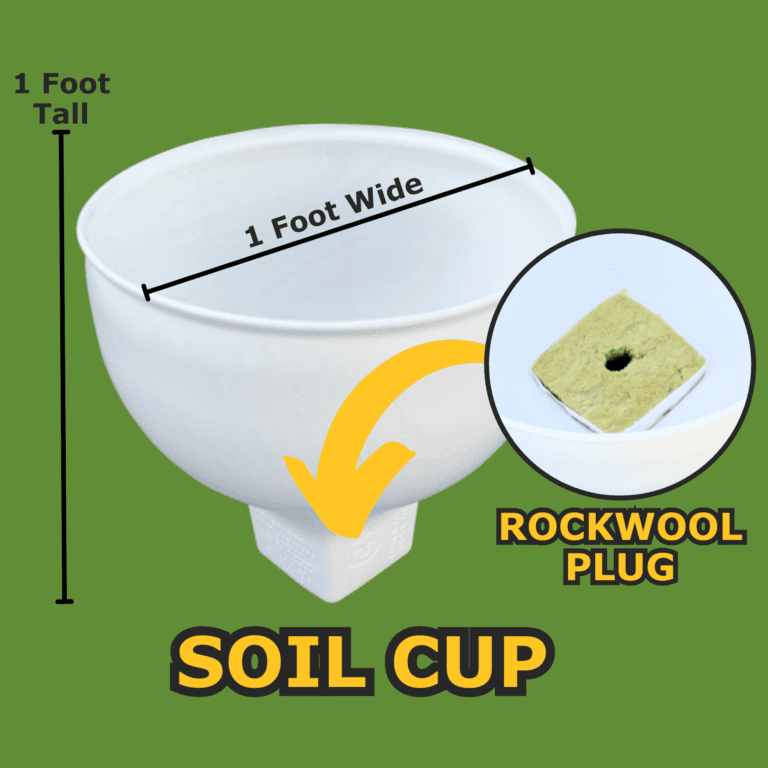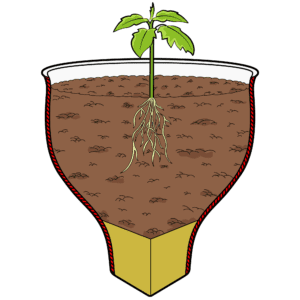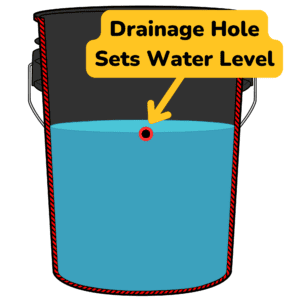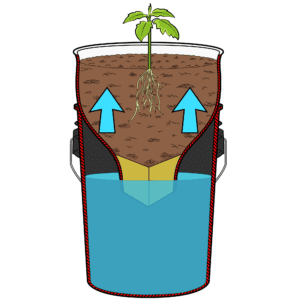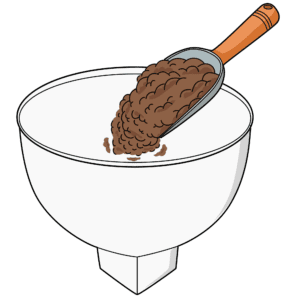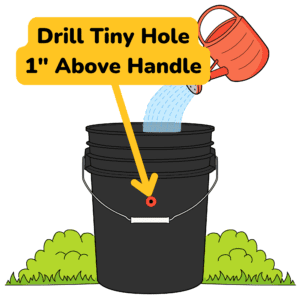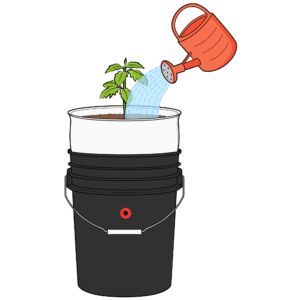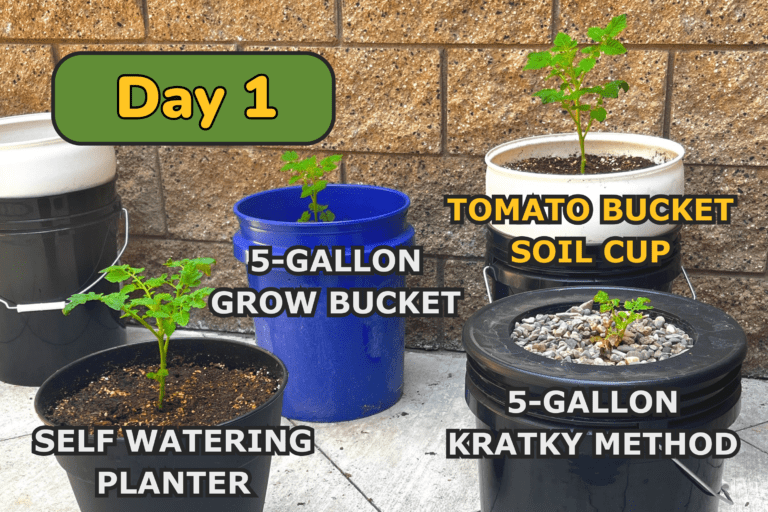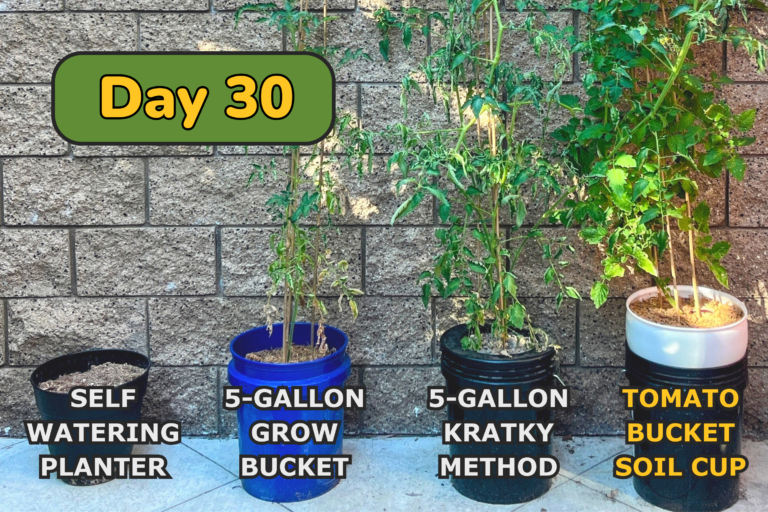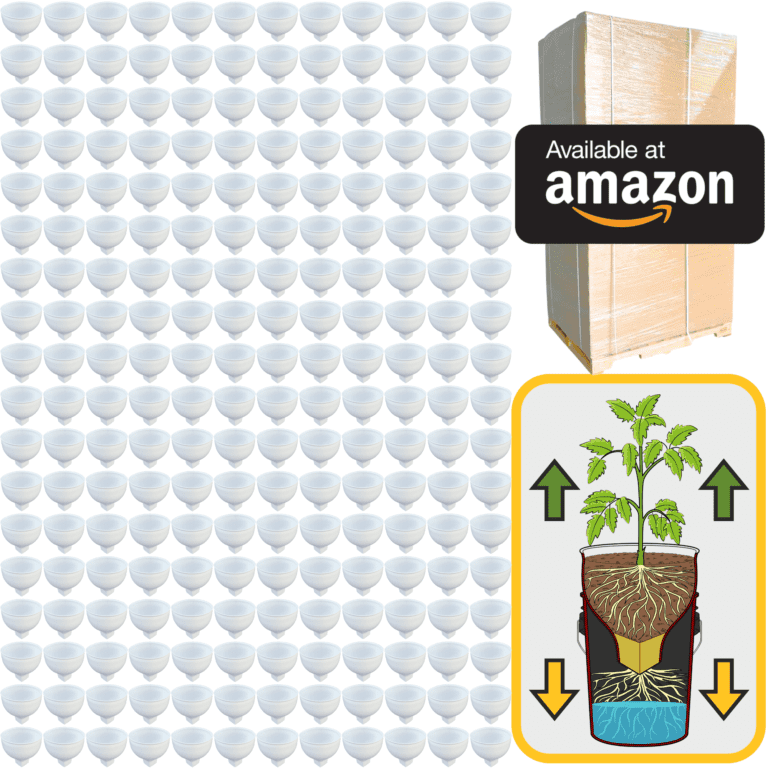Number 10: Turnips: A Versatile Winter Crop for the Garden
Turnips are a resilient root vegetable that thrive in the cooler temperatures of winter. You can expect to start harvesting them about 50 to 60 days after planting. They do best in full sun but can also tolerate some shade, which is helpful as daylight hours shorten in winter.
For successful growth, plant turnips in well-drained, fertile soil that has been enriched with organic matter. Maintaining consistent moisture is crucial, as turnips need adequate water to develop properly. A balanced fertilizer will support both root and leaf growth, but be careful not to over-fertilize, as excessive nitrogen can lead to lush foliage with underdeveloped roots. Turnips prefer temperatures between 50°F and 75°F, making them an excellent choice for winter gardening in Zone Number 10: Keep an eye out for pests like aphids and root maggots; row covers can provide effective protection. Space turnip seeds about 3 to 4 inches apart, thinning them out as necessary to prevent overcrowding. Pruning is minimal; you can harvest both the roots and the greens. Mulching helps retain soil moisture and suppress weeds, while companion planting with radishes or lettuce can improve overall garden health.
Number 9: Beets: Earthy Flavors for Winter Meals
Beets are another fantastic winter vegetable that provide both nutritious roots and greens. You can expect to start harvesting beets about 55 to 70 days after planting. They thrive in full sun but can handle partial shade, which can be advantageous during the winter months.
To grow beets successfully, plant them in well-drained, loamy soil that has been enriched with organic matter. Regular watering is essential; beets need consistent moisture for optimal growth. A balanced fertilizer can enhance growth, particularly one that is high in potassium and phosphorus. Beets prefer temperatures between 50°F and 85°F, making them well-suited for winter planting in Zone Number 10: Be vigilant for pests like aphids and leaf miners; careful monitoring and organic pest control can help manage these issues effectively. Space beet seeds about 3 to 4 inches apart to allow for proper bulb formation. Pruning isn’t necessary, but thinning is important to avoid overcrowding. Mulching helps regulate soil temperature and retain moisture, while companion planting with onions or garlic can deter pests and enhance growth.
Number 8: Carrots: Sweet Roots to Brighten Your Winter
Carrots are a favorite root vegetable that do particularly well in the cooler months of Zone Number 10: You can expect to harvest your carrots about 70 to 80 days after sowing. Carrots thrive in full sun and require well-drained, sandy soil to develop their sweet flavor.
Regular watering is crucial; carrots need consistently moist soil for optimal growth. A light application of fertilizer focusing on phosphorus and potassium will promote robust root development. Carrots grow best at temperatures between 50°F and 75°F, making winter an ideal time for planting. Watch for pests like carrot flies and nematodes; using floating row covers can help deter these unwelcome guests. Space carrot seeds about 2 to 4 inches apart, and once they sprout, thin them out to avoid overcrowding. No pruning is needed, but regular mulching can help retain moisture and suppress weeds. Companion planting with onions or leeks can provide mutual benefits, deterring pests while enhancing growth.
Number 7: Radishes: The Quick and Crunchy Winter Harvest
Radishes are a quick-growing vegetable that adds a refreshing crunch to your winter salads. You can expect to harvest radishes in about 25 to 30 days after planting. They thrive in full sun but can tolerate some shade, especially beneficial as the days get shorter.
To ensure a successful harvest, plant radishes in well-drained, loamy soil enriched with organic matter. Keep the soil consistently moist, as radishes prefer even moisture to develop their characteristic crunch. A light application of balanced fertilizer will support their growth, but be cautious not to over-fertilize, as this can lead to lush tops with minimal root development. Radishes grow best at temperatures between 50°F and 70°F, making them a perfect choice for winter planting in Zone Number 10: Be vigilant for pests like aphids and flea beetles; using row covers can provide effective protection. Space the seeds about an inch apart and thin them to avoid overcrowding. No pruning is necessary, but regular harvesting will encourage the plants to keep producing. Adding mulch can help retain moisture and suppress weeds, while companion planting with lettuce can enhance the overall garden productivity.
Number 6: Spinach: A Nutrient-Packed Green for Winter
Spinach is a leafy green that thrives in the cool temperatures of winter. You can expect to start harvesting spinach leaves about 6 to 8 weeks after planting. This hardy green loves full sun but can tolerate some shade, especially as temperatures cool.
For optimal growth, plant spinach in rich, well-drained soil that is full of organic matter. Regular watering is key; spinach is sensitive to dry conditions. A balanced fertilizer can support leaf development, but be careful not to over-fertilize. Spinach thrives at temperatures between 45°F and 75°F, making it an excellent winter crop for Zone Number 10: Watch for pests like leaf miners and aphids; insecticidal soap can help manage these pests effectively. Space your spinach seeds about 2 to 4 inches apart and thin them out as necessary to promote healthy growth. Regularly harvesting outer leaves encourages the plant to produce more. Mulching helps retain moisture and suppress weeds, while companion planting with strawberries can enhance growth.
Number 5: Lettuce: Crisp Greens for Your Winter Salads
Lettuce is an essential crop for winter gardening, providing fresh greens that can brighten up any meal. You can expect to start harvesting lettuce about 30 to 60 days after planting, depending on the variety. This leafy green thrives in full sun but benefits from some afternoon shade as temperatures begin to drop.
To ensure a successful harvest, keep the soil consistently moist; lettuce is particularly sensitive to dry conditions and can wilt quickly. A rich, well-draining soil that has been amended with organic matter will yield the best results. A light application of nitrogen-rich fertilizer can support vibrant leaf production. Lettuce grows best at temperatures between 60°F and 70°F, making it perfect for the winter season in Zone Number 10: Be on the lookout for pests like slugs and aphids; hand-picking and organic pesticides can effectively manage these nuisances. Space your lettuce seeds about 12 inches apart to give them room to grow. Regularly harvesting the outer leaves encourages the plants to keep producing. Mulching helps retain moisture and keeps the soil cool, while companion planting with carrots can enhance overall productivity.
Number 4: Kale: The Hardy Green for Winter Harvests
Kale is a nutrient-dense green that thrives in cooler temperatures and is perfect for winter gardens. You can start harvesting kale leaves about 55 to 75 days after planting. This leafy vegetable enjoys full sun but can tolerate some shade as temperatures dip.
For optimal growth, plant kale in rich, well-drained soil that has been amended with organic matter. Regular watering is essential, especially during dry spells; kale prefers consistently moist soil. A nitrogen-rich fertilizer can support vigorous leaf growth. Kale thrives best in temperatures between 60°F and 70°F, making it ideal for winter planting. Be vigilant about pests like aphids and cabbage worms; row covers can provide effective protection. Space your kale plants about 12 to 18 inches apart to allow for adequate air circulation. Pruning is minimal; simply harvest outer leaves regularly to encourage new growth. Mulching helps retain moisture and suppress weeds, while companion planting with beets or onions can improve overall garden health.
Number 3: Broccoli: A Nutritious Addition to Your Winter Garden
Broccoli is a versatile and nutritious vegetable that thrives in winter gardens. You can expect to start harvesting broccoli about 70 to 100 days after planting. This cool-weather crop enjoys full sun but can also benefit from some afternoon shade as temperatures cool.
For optimal growth, plant broccoli in rich, well-drained soil that has been amended with organic matter. Regular watering is important; broccoli needs consistent moisture to produce tender, flavorful heads. A balanced fertilizer can support healthy growth, but too much nitrogen can lead to lush leaves at the expense of head development. Broccoli grows best at temperatures between 60°F and 70°F. Watch for pests like aphids and cabbage moths; using row covers can help protect your crop. Space your broccoli plants about 18 to 24 inches apart to allow for adequate growth. Pruning is minimal; simply harvest heads as they mature, leaving side shoots to encourage further production. Mulching helps retain moisture and suppress weeds, while companion planting with beets or carrots can enhance growth.
Number 2: Cabbage: A Winter Staple for Your Garden
Cabbage is a classic winter vegetable that thrives in the cooler months. You can expect to start harvesting cabbage heads about 70 to 100 days after planting. This leafy vegetable enjoys full sun and does best in rich, well-drained soil.
Regular watering is vital for cabbage; they need consistent moisture for optimal head development. A balanced fertilizer will support healthy growth, but be careful not to over-fertilize, as too much nitrogen can result in loose heads. Cabbage grows best at temperatures between 60°F and 70°F. Be vigilant about pests like aphids and cabbage worms; using floating row covers can provide effective protection. Space your cabbage plants about 18 to 24 inches apart to allow for proper head development. Pruning is minimal; simply harvest heads when they are firm and fully developed. Mulching helps retain moisture and suppress weeds, while companion planting with beans can enhance overall growth.
Number 1: Garlic: The Essential Flavor for Every Winter Garden
Garlic is often regarded as the crown jewel of the winter garden, especially in Zone Number 10: You can expect to harvest garlic about 8 to 9 months after planting, typically in mid to late summer the following year. Garlic thrives in full sun and prefers well-drained, fertile soil that has been enriched with plenty of organic matter.
Regular watering is crucial, especially during dry spells; garlic needs consistent moisture during the early growth stages. A balanced fertilizer at planting time can support healthy growth, but be careful not to over-fertilize, as this can lead to excessive foliage and fewer bulbs. Garlic grows best at temperatures between 50°F and 75°F. Be vigilant about pests like onion thrips and nematodes; using row covers can provide effective protection. Space your garlic cloves about 4 to 6 inches apart to allow for proper bulb development. Pruning is minimal; simply remove any yellowing leaves as they appear. Mulching helps retain soil moisture and suppress weeds, while companion planting with carrots or tomatoes can enhance growth.
Gardening in Zone 10 during the winter provides unique opportunities to grow a variety of delicious herbs and vegetables. Each of these crops contributes unique flavors and benefits to your meals, creating a bountiful and satisfying winter garden. Embrace the joy of nurturing your plants through the colder months, and happy gardening!

